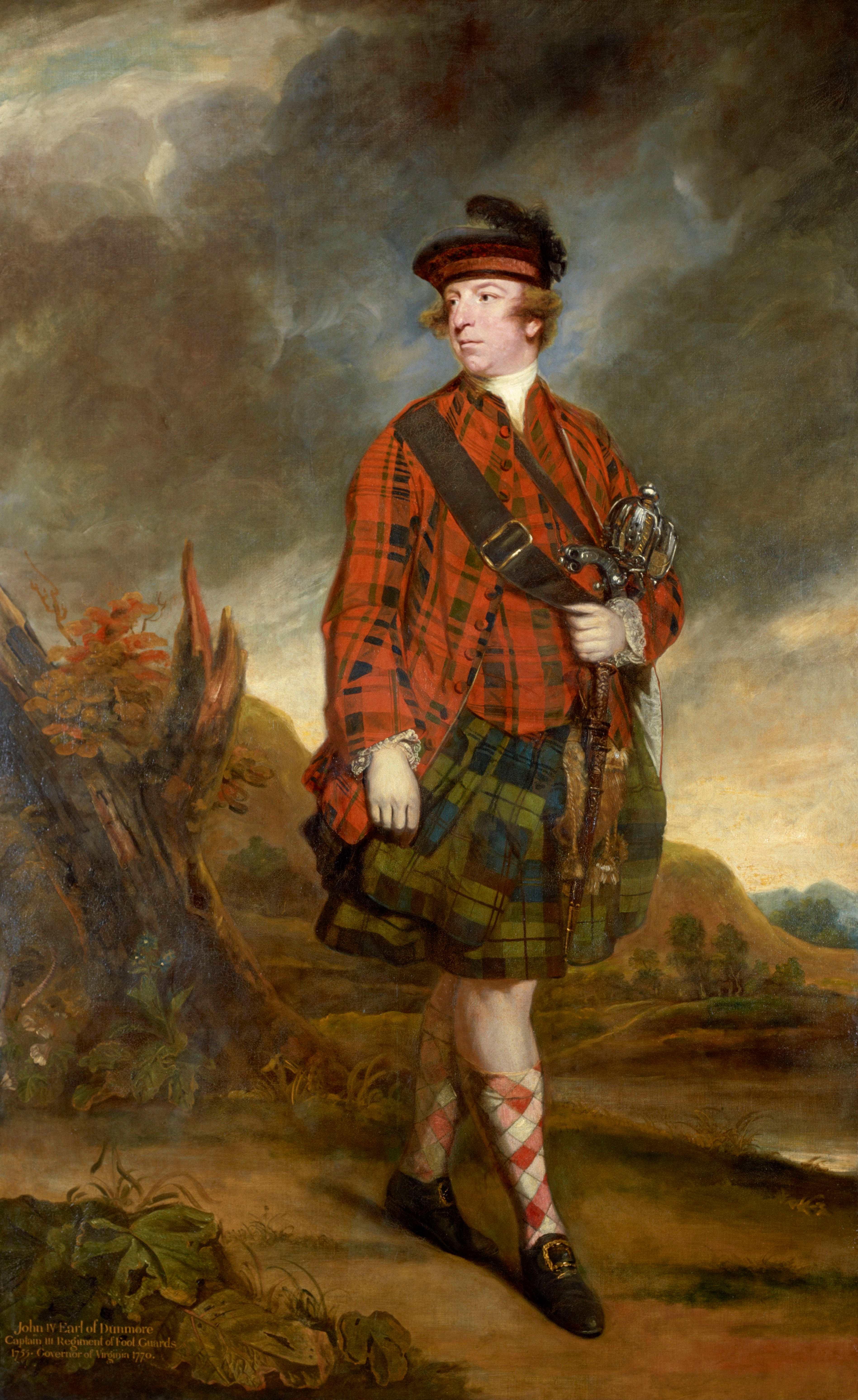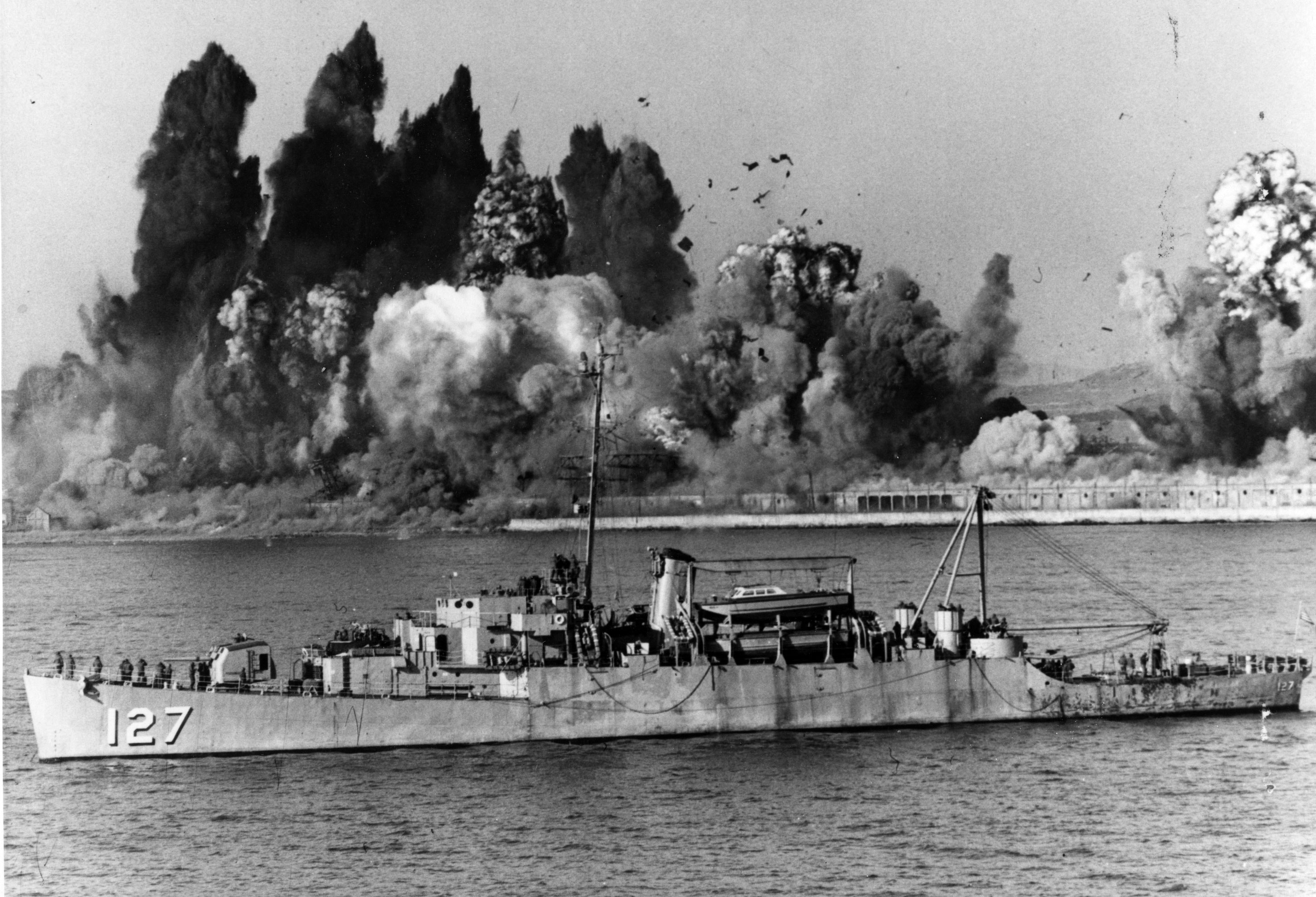
Sir Joshua Reynolds – John Murray, 4th Earl of Dunmore . Joshua Reynolds [Public domain], via Wikimedia Commons
Captain William Nalle’s Company
(Paid for 112 Days of Service)
American Revolution (Jul 1776 – Aug 1778)
12th Virginia Regiment
Captain Matthew Arbuckle’s 5th Company, Colonel James Wood in command 12 Nov 1776 to 14 Sep 1778
Israel Meadows was among the men who joined the militias raised to answer the threat from hostile Indians that had begun attacking settlers south of the Ohio River. Israel served under Captain William Nalle in the forces commanded by Colonel Andrew Lewis. Approximately 1,000 men traveled down the Kanawah River and were to join forces with Lord Dunmore’s troops. While in camp at present day Point Pleasant, October 10, 1774, Cornstalk’s forces attacked Lewis’s. The resulting battle raged on for an entire day and at times devolved into hand-to-hand combat amid thick forest. Ultimately, Lewis’s men held their ground and the Indian’s crossed the river in the night and slipped away.
Lord Dunmore apparently intended to use the Indian attacks on the frontier as a rallying point for the colonists thereby bringing their allegiance back to the King of England and distracting them from the troubles so pronounced in the colonies in the years following the French and Indian War. Israel though, not even two years after that Battle of Point Pleasant, enlisted in the 12 Virginia Regiment serving under Captain Matthew Arbuckle, who was the primary guide for Lewis’s forces in Lord Dunmore’s War.
After the Revolution, Israel migrated to Kentucky and ultimately settled in Estill County. In his application for pension he stated that he, “was in no battles of any importance . . .”. Israel died in 1827 at the age of 72, leaving a Will to divide his estate.




